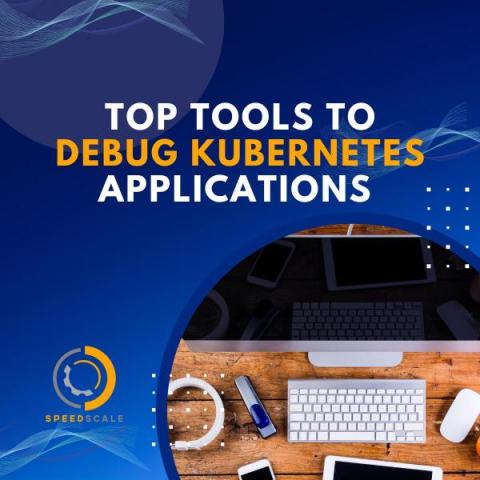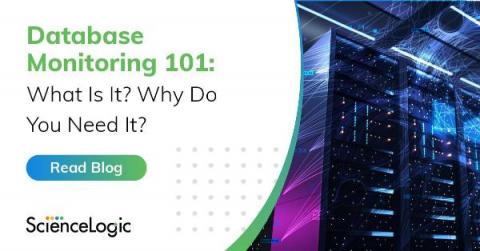Operations | Monitoring | ITSM | DevOps | Cloud
Featured Posts
Top Tools to Help Debug Kubernetes Applications
When building cloud-based applications, managing the infrastructure becomes a bigger challenge as you scale. Kubernetes brings order to the chaos, letting you control and automate the containers used to deploy your application. Debugging in the cloud presents further challenges, and the complexities of distributed applications make it hard for many debugging setups to keep pace. Tools designed to run locally aren't effective. However, there are Kubernetes debugging tools that can handle the shift in paradigm. In this article, you'll read about several options that make debugging Kubernetes applications much easier.
5 Questions to Ask When Developing an Automation Strategy
Automation is like running a marathon. It sounds like a great and noble pursuit until you actually go out and start pursuing it. At that point, it's easy to fail if you don't prepare yourself ahead of time for the challenges that are inherent to the process. Indeed, although automation can provide a number of awesome benefits, whether you actually reap those benefits depends on how easy it is to implement and manage automation tools. And, as many teams discover, doing these things may be harder than it often seems.
Core Web Vitals e-commerce analysis: part one
In 2021, Google introduced Core Web Vitals, three criteria to measure if a website is fast, stable, and responsive enough to give visitors a good digital experience. These factor into search ranking and have a powerful influence on customer behavior. But while Google has been urging the web performance community to get on board for more than two years, many are still falling short. We pulled data from the Chrome User Experience Report to conduct our own Core Web Vitals analysis, finding that even some of the largest e-commerce brands aren't passing these thresholds.
Database Monitoring 101: What Is It? Why Do You Need It?
Data is the foundation of the modern enterprise. Consequently, databases-in all their various forms and formats-are a critical component to the enterprise's IT ecosystem.
How Is Machine Learning Used In AIOps?
When we think of computers, we typically think in terms of exactness. For example, if we ask a computer to do a numeric calculation and it gives us a result, we are 100% sure that the result is correct. And if we write an algorithm and it gives an incorrect result, we know we have coded improperly and it needs to be corrected. This exactness however, is not the case when dealing with Machine Learning. As a matter of fact, it is par for the course, that Machine Learning will be incorrect a percentage of the time.
How to Get Real-Time Network Insight into Microsoft Teams Call Quality
A recent Exoprise customer survey found that 60-70% of application problems occur within the enterprise environment or home network/ISP. So, if you need to resolve Teams call quality problems, it's best to investigate your network before you try and finger point to Microsoft. In today's article, we see how this applies to Exoprise when team members work from home or in a hybrid work setting. Last Friday, at about 10:00 am EST, I jumped on an impromptu video call with one of my sales colleagues to discuss an ongoing marketing project. Although I am based in the Northern Virginia area, my comrade (as they say in British English!) is from Boston.









